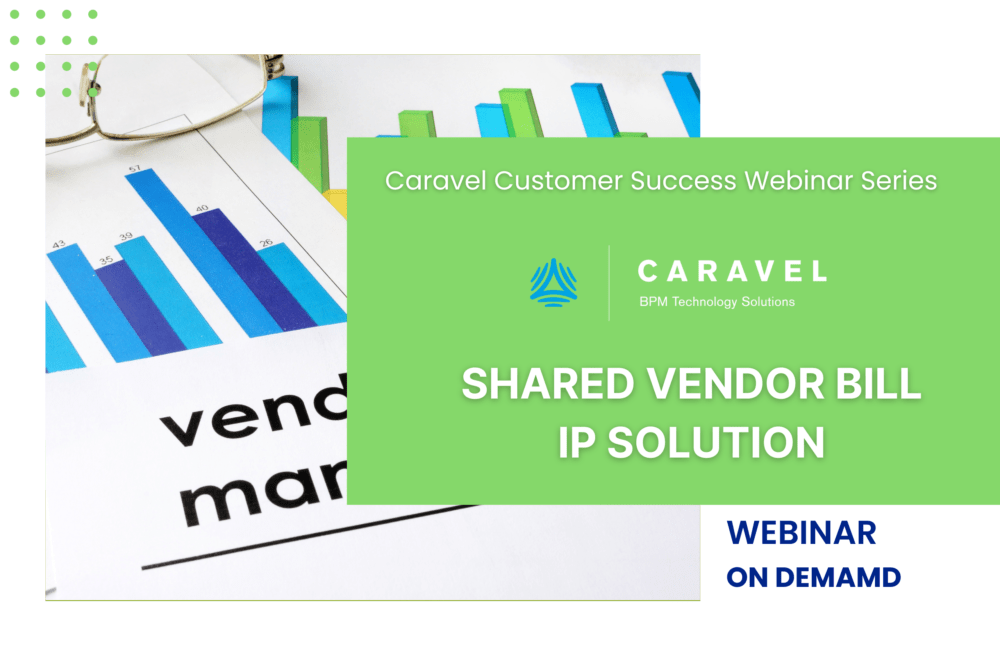Webinar on Demand | Revolutionizing Financial Planning & Analysis with AI and Automation


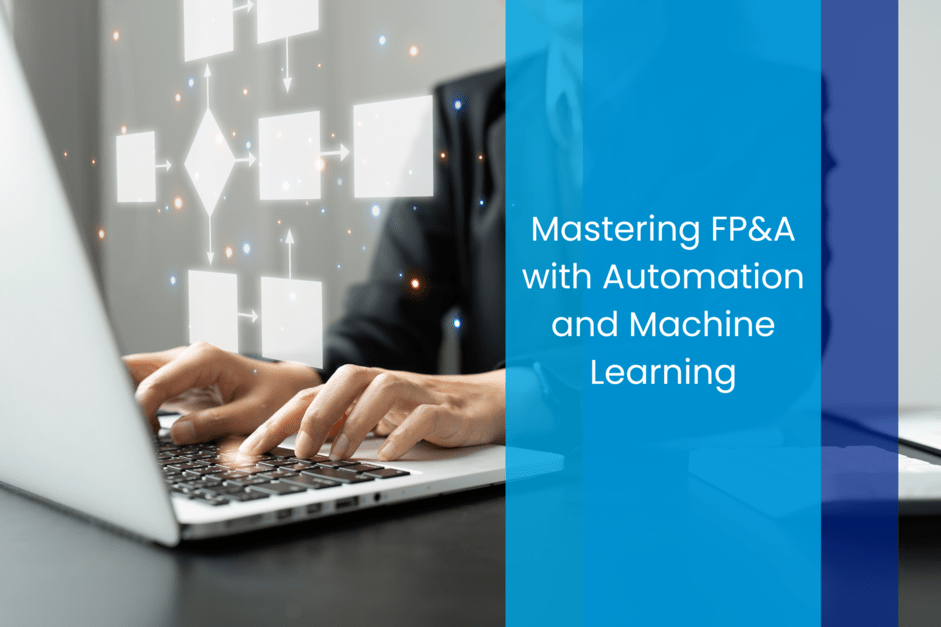


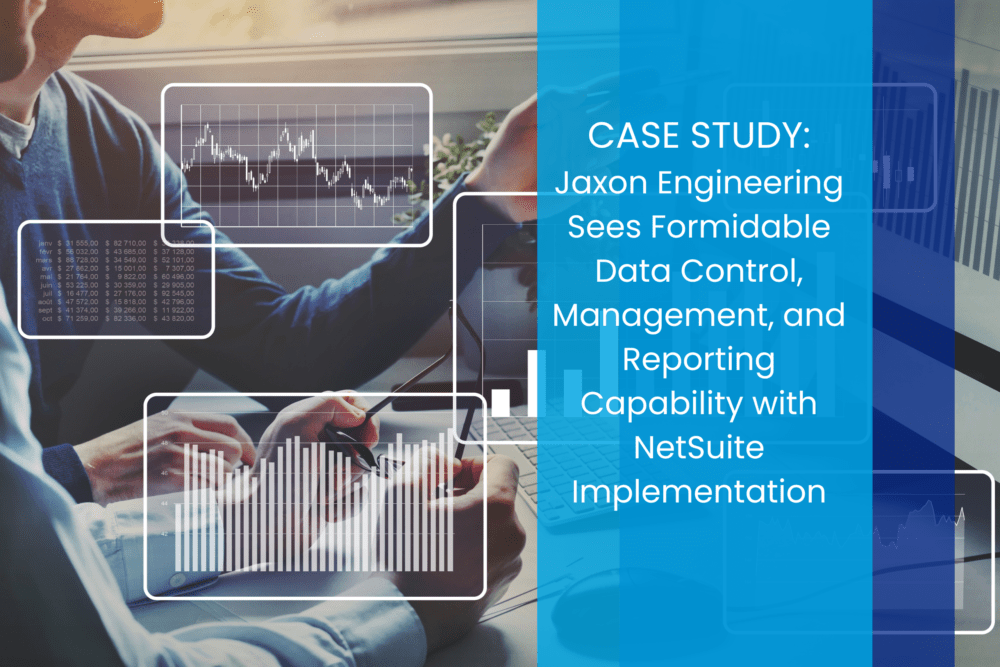
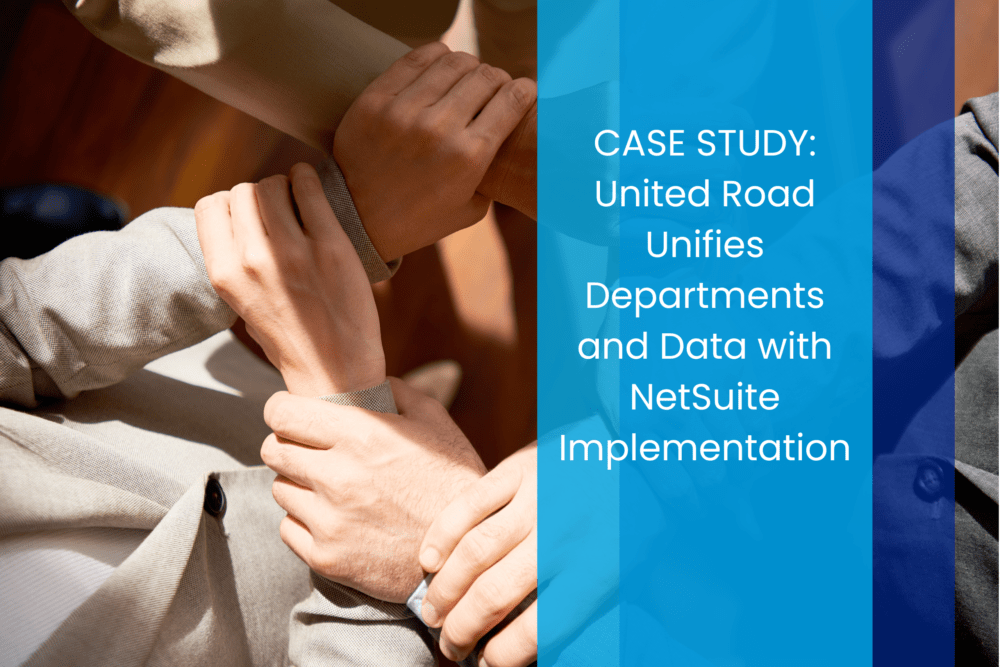
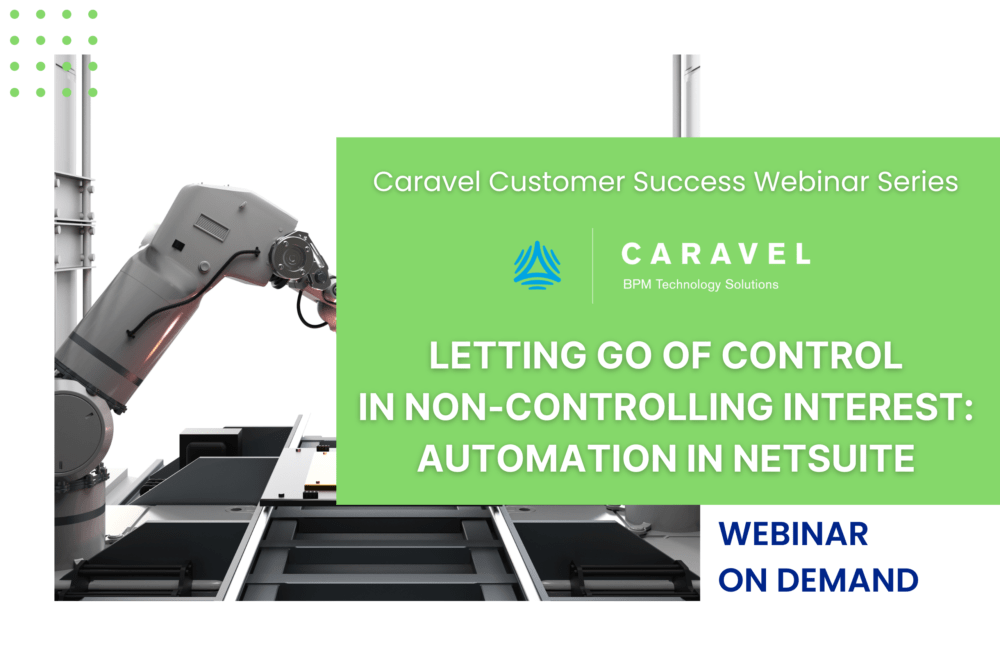

If you’re an avid Salesforce user, you probably heard that the software giant will be removing Process Builder and Workflow Rules at the end of 2025. What are the implications, and what does this mean for you? While change is inevitable as software innovates, we are here to help you advance alongside it.
Salesforce recommends migrating automation to the new Flow Builder. Although Workflow Rules and Processes will continue to work, they won’t be offering support or bug fixes for them. The newly created Flow Builder will allow for more complex logic compared to its predecessor and will allow its users to create multistep processes with conditional branching, loops, and screen elements for user interaction. It will also offer increased flexibility with data manipulation, allowing you to perform more difficult data transformations, create records, and more—with a single flow. Compared to Workflow Rules and Process Builder, the new Flow Builder will offer more robust debugging and testing capabilities that users can troubleshoot more easily. Flow Builder will also integrate with APIs and external systems more seamlessly, for even more sophisticated automation scenarios.

The migration to Flow Builder will take some time, so we suggest you start as soon as possible to allow time for testing. Salesforce has a Migrate to Flow tool and, along with that, Caravel will be offering support to its Salesforce customers.
Users currently heavily rely on these automation tools for lead routing, task assignments, and email notifications; the new alternative will work just as well, but it will require an adjustment period.
Caravel will help you with understanding and familiarizing yourself and other users with Flow Builder. We will start by helping you assess your current workflows and processes and determining which ones will need to be migrated. We can also help you recreate the logic, criteria, and actions of each workflow and process.
Once these steps have been taken, we will work with you to test out your new workflows in various scenarios and cases, validate the new functionality, and identify any potential issues. We can also help train current users on the new Flow Builder to ensure they understand the differences between new and existing processes.
Contact us below if you’re new to Caravel and want some help migrating to Flow Builder. If you’re a current customer, please reach out to your customer support manager.
